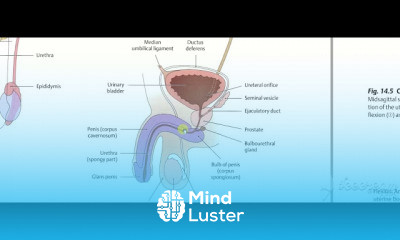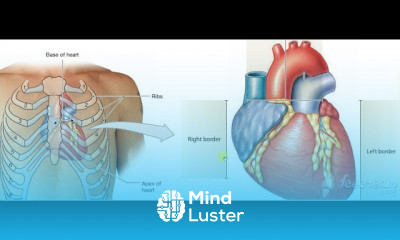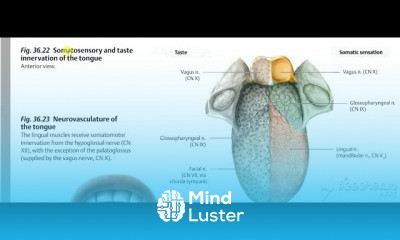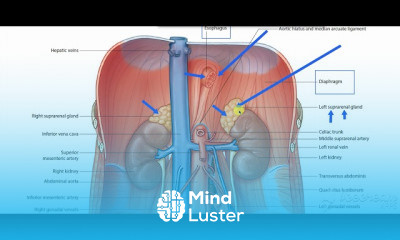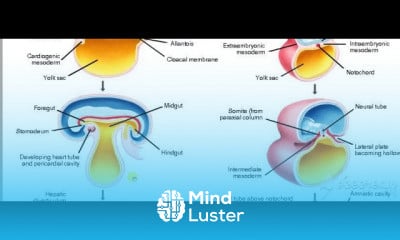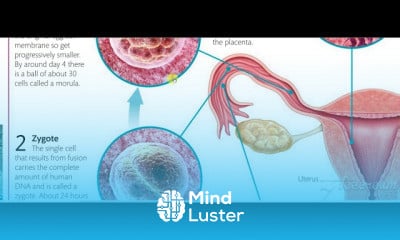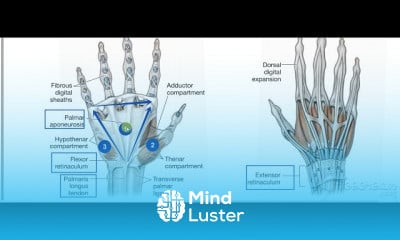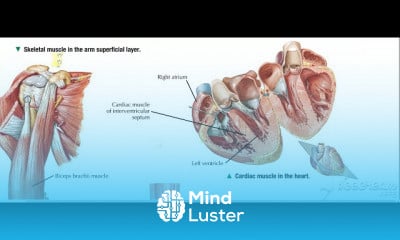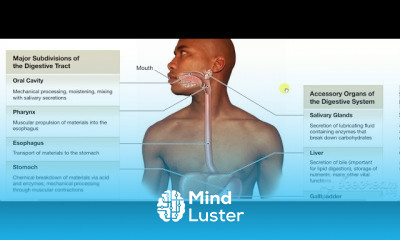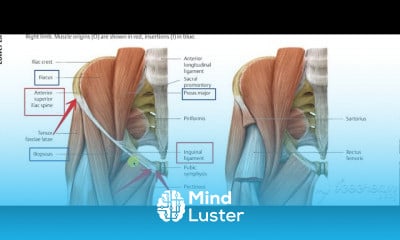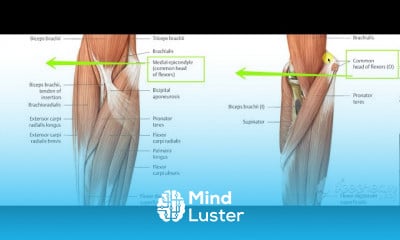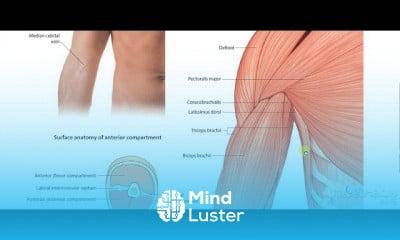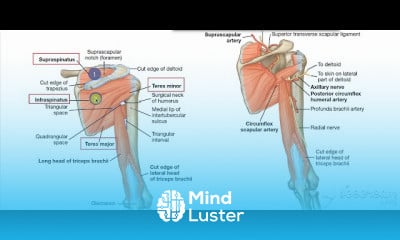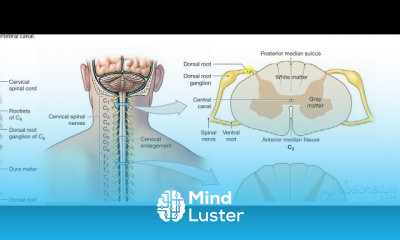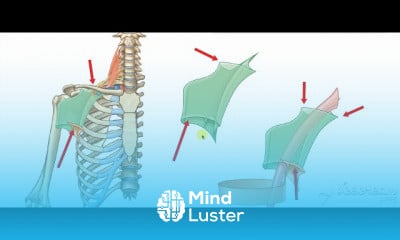Maxillary artery 9
Share your inquiries now with community members
Click Here
Sign up Now
Lessons List | 14
Lesson
Comments
Related Courses in Medical
Course Description
The maxillary artery supplies deep structures of the face. It branches from the external carotid artery just deep to the neck of the mandible.
The maxillary artery, the larger of the two terminal branches of the external carotid artery, arises behind the neck of the mandible, and is at first imbedded in the substance of the parotid gland; it passes forward between the ramus of the mandible and the sphenomandibular ligament, and then runs, either superficial or deep to the lateral pterygoid muscle, to the pterygopalatine fossa.
It supplies the deep structures of the face, and may be divided into mandibular, pterygoid, and pterygopalatine portions.
The maxillary artery is a branch of the external carotid artery and supplies many structures on the face. The maxillary artery arises posterior to the mandibular neck, traverses the parotid gland, and passes forward between the sphenomandibular ligament and ramus of the mandible. It then runs a superficial course lateral to the lateral pterygoid muscle. The maxillary artery supplies deep structures of the face including the mandible, pterygoid, infratemporal fossa and segments of the pterygopalatine fossa. In this review, we will go over the anatomy and look at an in-depth view of the branches of the maxillary artery.
The internal maxillary artery, simply known as the maxillary artery, is a terminal branch of the external carotid artery (ECA); which itself is a branch of the bilateral common carotid arteries at the C4 vertebral level where the common carotids bifurcate into the internal and external carotids. The external carotid supplies blood to structures in the superficial face, and superior superficial cranial structures. The branches of the external carotid artery include the superior thyroid artery, ascending pharyngeal artery, lingual artery, facial artery, occipital artery, posterior auricular artery, and the two terminal branches are the maxillary artery and superficial temporalis artery.
The maxillary artery provides many branches which supply structures within the face and cranium. Because of its many branches, the maxillary artery divides into three segments relative to the lateral pterygoid muscle. The mandibular or first division runs down to the mandible and runs along the apices of the teeth. It also ascends to the meninges, which is a protective membrane that encircles the brain and spinal cord. The first division of the maxillary artery is also considered to be posterior the lateral pterygoid muscle. The pterygoid division or second division runs lateral to the lateral pterygoid for the most part and supplies the surrounding structures. The first two divisions are considered to be within the infratemporal fossa. The pterygopalatine or third division consists of all the terminal branches and runs anterior to the lateral pterygoid muscle. The third division is within the pterygopalatine fossa. The maxillary artery originates within the parotid gland and travels anteriorly toward where it is between the neck of the mandible and sphenomandibular ligament at which point the artery is now in the infratemporal fossa and usually lateral to the lateral pterygoid muscle. From here, the artery travels obliquely to the pterygopalatine fossa through the pterygomaxillary fissure.
Trends
French
Graphic design tools for beginners
Data Science and Data Preparation
Formation efficace à l écoute de l
Artificial intelligence essentials
Learning English Speaking
Electrical engineering for engineer
Essential english phrasal verbs
MS Excel
American english speaking practice
Build a profitable trading
Build a tic tac Toe app in Xcode
Python for beginners
Figma for UX UI design
Marketing basics for beginners
ArrayLists in C for beginners
Web Design for Beginners
Magento Formation Français
YouTube channel setup
Computer science careers
Recent
Data Science and Data Preparation
Growing ginger at home
Gardening basics
Ancient watering techniques
Grow mushrooms
Growing onions
Veggie growing
Bean growing at home
Growing radishes
Tomato growing at home
Shallot growing
Growing kale in plastic bottles
Recycling plastic barrel
Recycling plastic bottles
Grow portulaca grandiflora flower
Growing vegetables
Growing lemon tree
Eggplant eggplants at home
zucchini farming
watermelon farming in pallets




